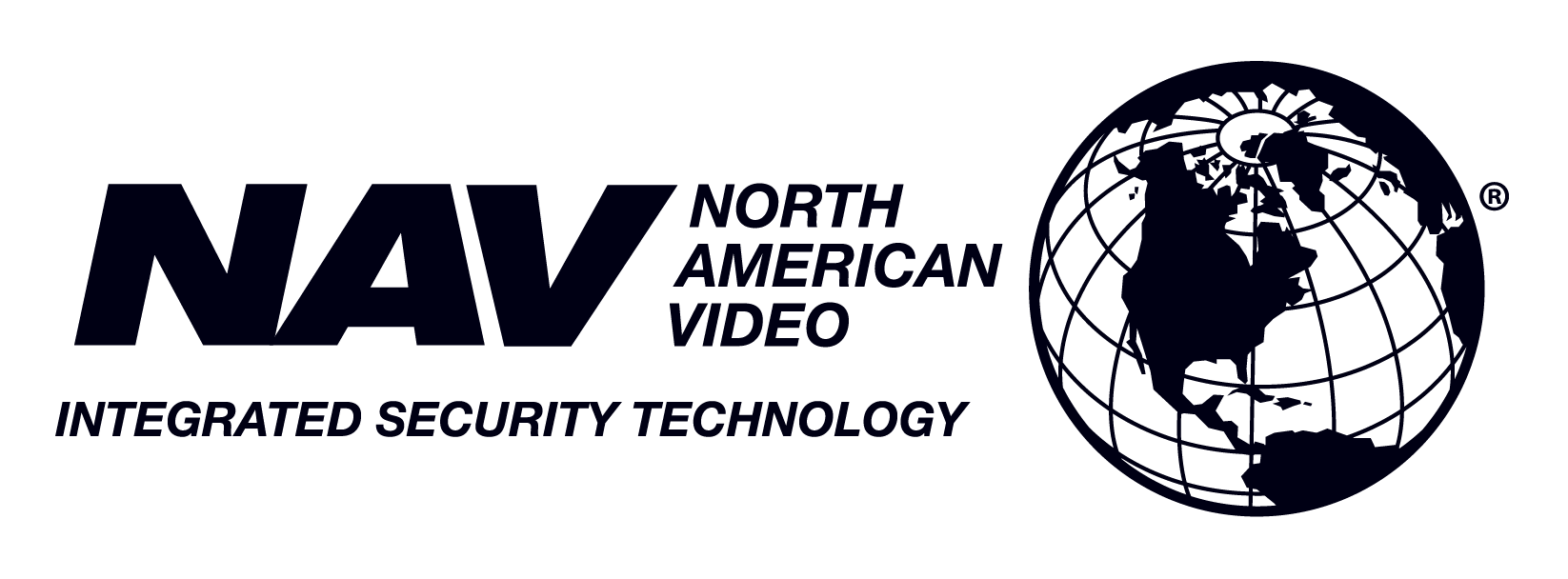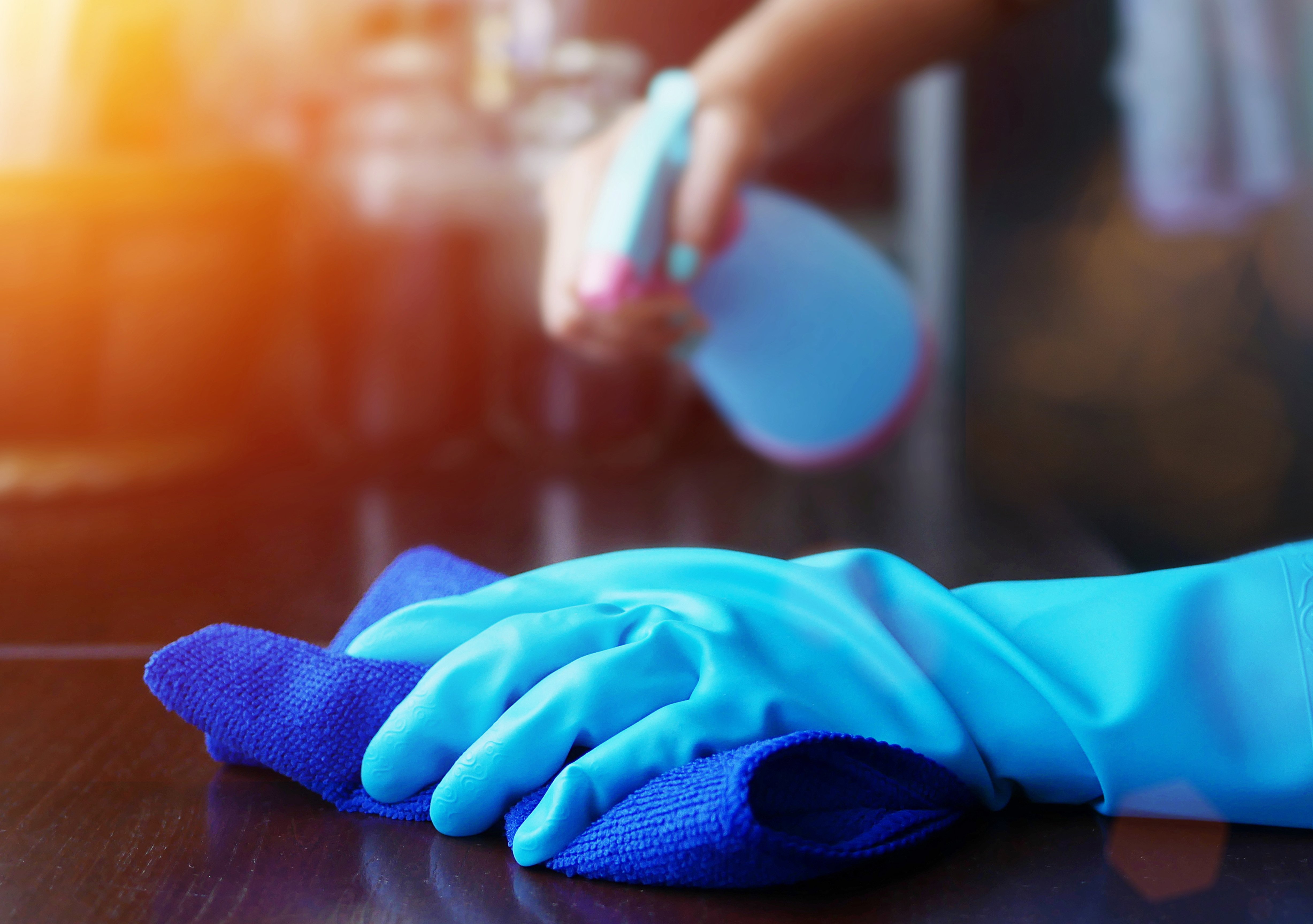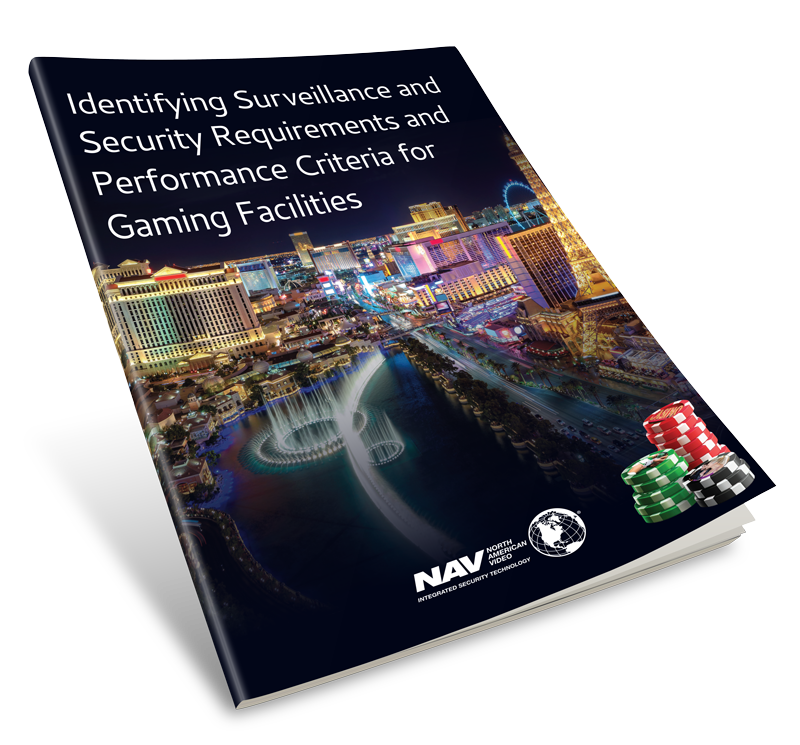There is no doubt that the coronavirus pandemic is changing the way we interact with each other on a daily basis. For most people, social distancing, hand washing, and vigilance are becoming social norms and are likely enough to keep them safe in these dangerous times. For the surveillance community, however, the most common sanitation guidelines may not be enough to ensure that our surveillance rooms, workstations, and break areas are disinfected. What’s more, common sanitation and disinfecting techniques can permanently damage your expensive surveillance equipment. In an effort to help keep you and your surveillance colleagues healthy during the current virus situation, NAV has collected this series of sanitation tips from multiple sources to assist you in properly disinfecting your surveillance equipment without causing it irreparable harm.
First, it is important to remember that your surveillance equipment, regardless of manufacturer, is an expensive piece of electronic gear that will not react well to harsh disinfectant chemicals, excessive amounts of cleaning liquids, or excessive physical pressure from an overzealous disinfectant rag user. That said, remember these guidelines during your cleaning process:
- Do not use disinfectant liquids or wipes that contain bleach. Bleach is a harsh chemical that can damage sensitive electronic surfaces, such as membranes under keyboards or in joystick gimbals, matte LCD screens, and glossy monitor bezels. Alcohol-based products, such as those manufactured by Lysol and Purell, work best. If you are so inclined, you can also manufacture your own. NAV recommends the use of a mixture of 70% isopropyl alcohol and water (preferably distilled to prevent mineral stains). Typically, a 1:1 ratio mixed in a spray bottle will do the trick.
- Do not use an extremely damp disinfectant wipe or cloth to clean the area. Obviously, electronic components do not react well to large amounts of liquid. If you encounter a very damp wipe it may need to be squeezed to remove some of the excess liquid before use. Also, never apply spray sanitizing/disinfecting liquids directly on equipment surfaces. Apply the liquid to a soft cloth first before touching the equipment. When applying bottled sanitizers or sprays (again, NO BLEACH!) to a cleaning cloth, make sure the cloth is damp, not dripping wet, before use on your gear. Sometimes accidents happen, however. When they do, just be sure not to allow the liquid from the disinfectant wipe or spray to sit or pool on the area being disinfected for a long amount of time. Pooling allows for the liquid to seep into porous areas of the equipment where moisture was never intended to be.
- Do not use rough cloths or wipes to wash or dry surfaces. Some surfaces, like those on LCD monitor screens, are specifically designed for accurate light transference in order to display the high resolution video produced by your megapixel cameras. Rough towels, cloths, or wipes can damage the matte surface on a monitor and affect its ability to properly display video. Also, if you are using an alcohol-based cleaner and you apply it properly, you shouldn’t need to physically dry the surface. The alcohol will cause the solution to evaporate and dry on its own.
- Do not use excess force when disinfecting your electronics. Viruses are microscopic. That being the case, vigorously applying significant amounts of pressure on your cloth or wipe is not going to increase effectiveness of the process. Take care when applying pressure to keyboard keys, mouse buttons, and monitor surfaces so that you do not accidentally damage the equipment through excessive force. Unless your colleagues have been using your keyboard as a pizza plate, a good sanitizing/disinfecting solution and a steady hand is all that is needed.
Now that you understand the basic sanitizing/disinfecting process, where should you apply it? Here is a list of suggested areas that should be targeted during every surveillance shift:
- Surveillance desk spaces/tables
- Keyboards
- Joysticks
- Jog shuttle wheels
- Mice
- Mousepads
- Desktop Monitor Screens
- Land line phones
- Mobile phones
- Staplers
- Tape dispensers
- Door knobs
- Light switches
- Chair arms
- Chair surfaces
- Chair backs/headrests
- Dry erase pens and erasers
- Coffee machines
- Microwave handles and keypads
- Break table surfaces
- Locker handles and locks
Once you understand the basic rules of how surveillance equipment reacts to liquid and chemicals, and you know the hot spots where cleaning should take place, you can implement a sanitization program that includes the aforementioned guidelines before or after every surveillance shift.





